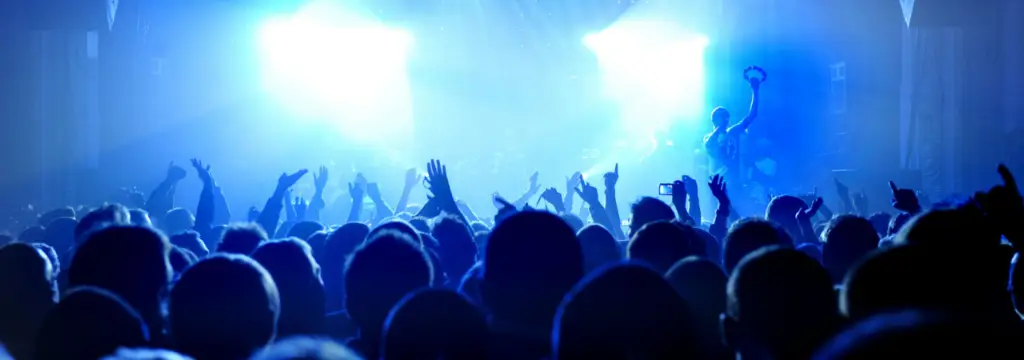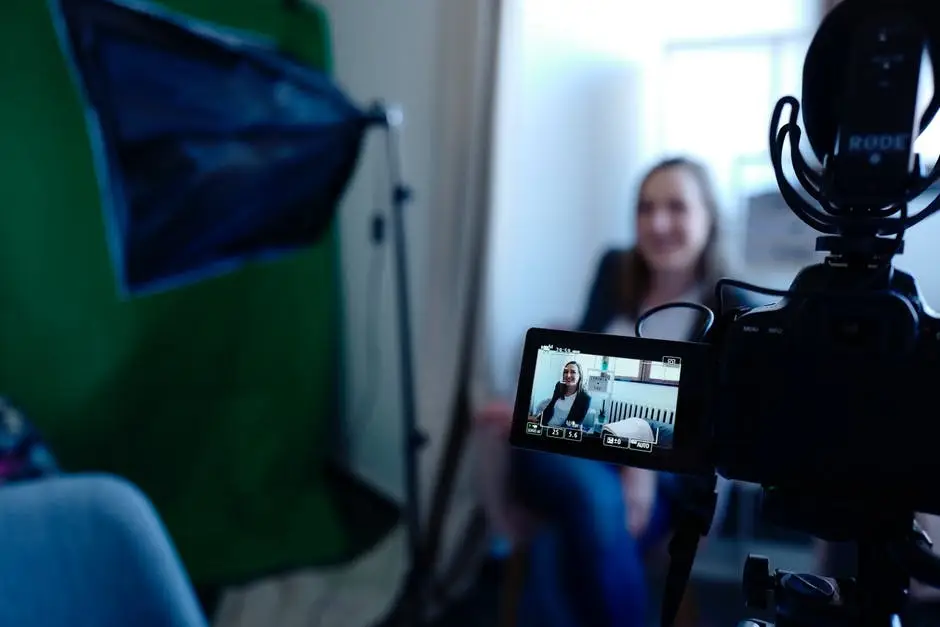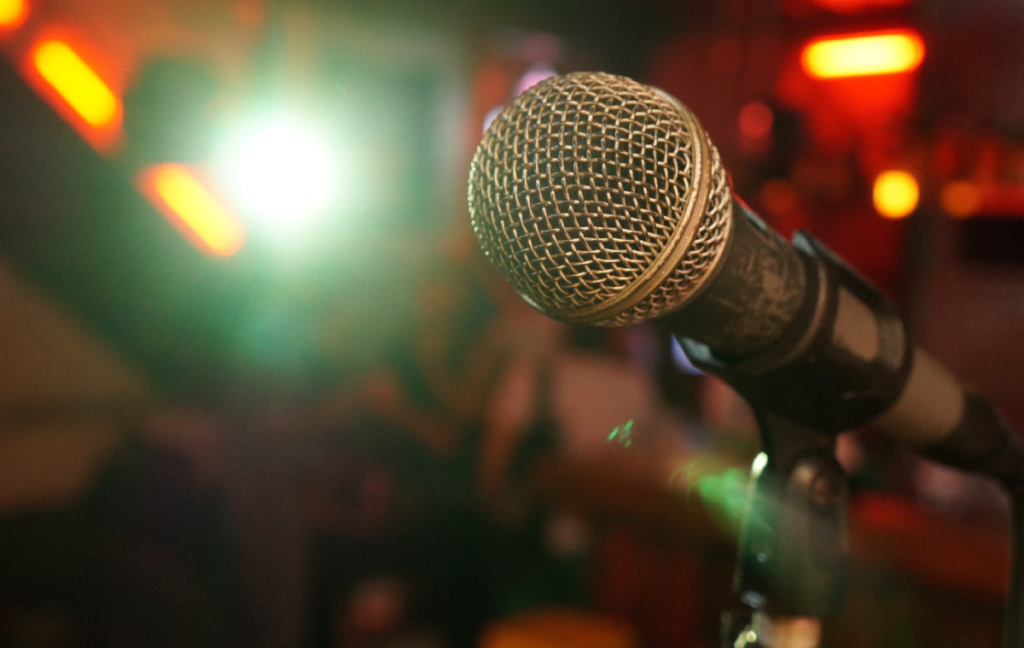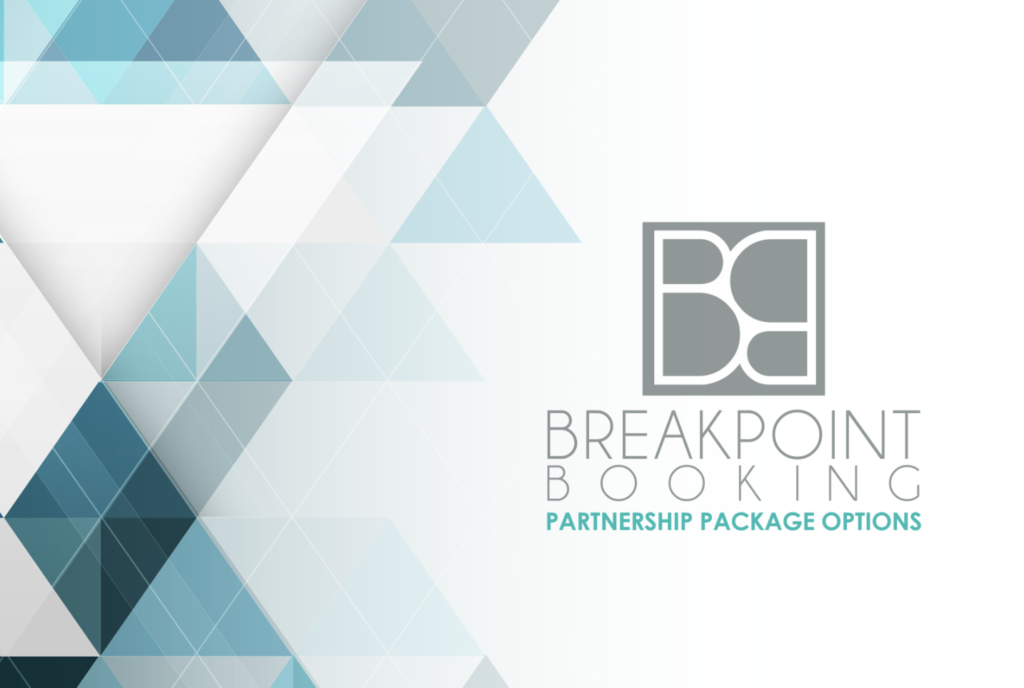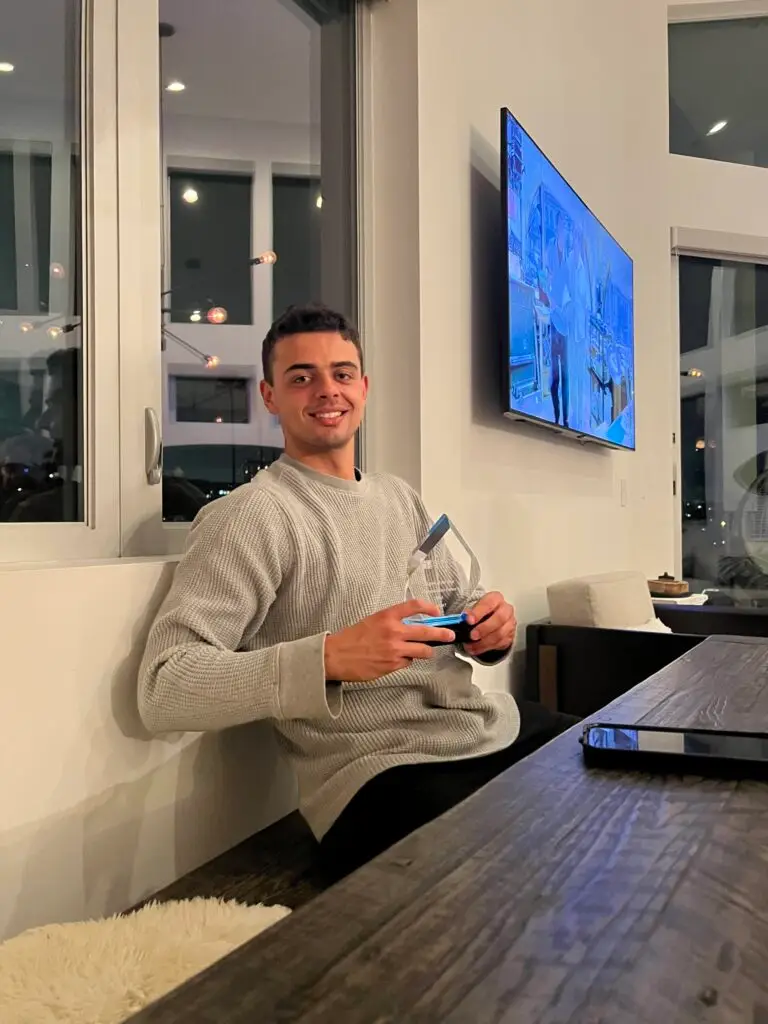Event marketing is a strategy to develop a themed exhibition, display, or presentation to promote a product, a service, a cause, or a company by activating a personal commitment of the target. Online or offline, marketing events can be tracked, organized, or sponsored. These activities can be promoted through various inbound and outbound marketing techniques.
Why is event marketing important?
In today’s world, where the buyer is king, marketers must seize every opportunity to build relationships, motivate positive attitudes, and earn the trust of current and potential customers. The modern consumer expects more than a series of selling points when evaluating solutions or purchasing decisions. Marketing events are an opportunity to interact with brands to get a unique idea of a company’s priorities, perspective, and personality. Event marketing must be an integral part of demand generation techniques. A strategic combination of online and offline events plays a vital role in the bottom line of any business.
Event marketing strategies to try for your next event
As events are an essential part of your marketing strategy, you should be careful not to miss any detail. Here are the top secrets to guaranteeing events that will exceed all expectations.
- Set realistic and focused goals from the start.
Return on investment is not something you look at after the fact but a critical element that you have to plan from the start and continue to measure after the event. Your goals should not be limited to registration and participation models only. The best goals define the impact on the pipeline and revenue.
Build a model upfront to understand the sensitivities of your event’s ROI based on various parameters. For example, if many people attend your event but don’t match your target audience, you will increase your costs without improving your income. Your model can show that the percentage of qualified attendees tends to be a high indicator of success (this sensitivity may only be relevant for physical events because virtual events are less expensive).
It can also understand potential scenarios, i.e., best case, worst case, and risks. By preparing for all of these eventualities, you can proactively identify and manage risks from the start. The best event programs integrate measurement strategies planned. Therefore, you need to define what, when, and how to measure during your initial planning phase. This can give you a baseline to work with.
- Organize your promotion to include several different touchpoints.
When you devote so much time and energy to planning your event, you need to ensure that your promotion will be as effective as possible. To get the most signups, you need to combine the most profitable emails, social media, PR, and various types of paid promotions. Communicate frequently with your audience before and until the event to get better attendance.
The ideal number of promotional email actions depends mainly on the promotion event. If the show is enormous, start sending a series of emails about a month before the event and then every week to allow recipients to plan their attendance.
- Segment your promotions to reach specific audiences.
Regardless of the type of promotion, segmentation is key to getting relevant attendees to register for your event. Be sure to spend time on data quality to reuse the lists in the future. For your segmentation, focus on the following demographics, for example:
- Function
- Society
- Activity area
- Place
- Include social networks in your event plans
Being active on social media before, during, and after your event is essential for its success. As events take place in real-time, participants often use social media to communicate with each other in a live environment. Here are some channels to use to engage with your attendees:
- Twitter: Twitter is a powerful tool for marketing and promoting your events and interacting and connecting with attendees in real-time. Create a hashtag, schedule a series of tweets, create lists of tweets, and don’t forget to post or react live.
- Facebook: Facebook, being a visual platform, is an ideal space to promote your events using graphic creations that attract attention.
- Google+: The Google+ Events function allows you to send personalized invitations synchronized with the Google calendar when a user confirms their participation.
- LinkedIn: Use LinkedIn to promote your signup page and use groups to generate additional interest.
- Follow up promptly with participants and non-participants.
By ensuring proper follow-up to the event, you will set yourself apart from the competition, and your prospects will keep a persistent picture of your activities. Always plan your follow-up strategy before the event begins. Follow-up emails should be written and laid out, offers should be predetermined, and other reminders should be scheduled.
Here are the steps to take into account when designing your tracking campaigns:
- Prospect List and Qualifications: A prospect list is an essential tool in any event, hence the importance of creating a list right after the show or every night after the showroom closes.
- Email follow-up: All email follow-ups should be completed before the event. Read the event summary, session descriptions, and blog posts to help you compose your emails.
- Maturation and evaluation of prospects: Maturation and evaluation play an essential role in an overall strategy for managing prospects. Continue to engage event attendees as part of potential customer maturation and assess new leads appropriately after each event.
If you want to make your events successful, get in touch with Breakpoint Booking! We service nightclubs, amphitheaters, coffee shops, venues, live streaming, comedy clubs, PACs, colleges, fairs, casinos, weddings, and corporate or private parties and events worldwide.

